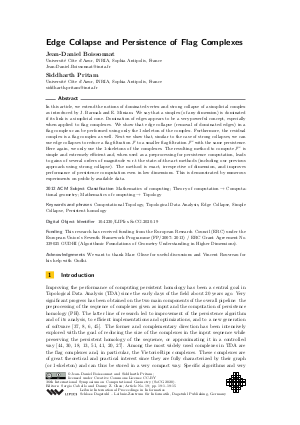LIPIcs.SoCG.2020.19.pdf
- Filesize: 0.52 MB
- 15 pages

 Creative Commons Attribution 3.0 Unported license
Creative Commons Attribution 3.0 Unported license



















































Feedback for Dagstuhl Publishing